
Wangdue Phodrang Dzong: A Majestic Buddhist Temple in Bhutan
Discover the architectural beauty and spiritual tranquility of Wangdue Phodrang Dzong, a stunning Buddhist temple in the heart of Bhutan.
Wangdue Phodrang Dzong is a stunning Buddhist temple that embodies the rich cultural heritage and spiritual essence of Bhutan. Nestled amidst picturesque hills, this architectural marvel offers breathtaking views and a serene atmosphere, perfect for tourists seeking both beauty and tranquility.
A brief summary to Wangdue Phodrang Dzong དབང་འདུས་ཕོ་བྲང་།
- FVFW+QP9, BT
Local tips
- Visit during the annual festivals for a vibrant cultural experience.
- Take your time exploring the intricate woodwork and frescoes inside the temple.
- Arrive early to enjoy the sunrise views over the surrounding valleys.
- Engage with local monks for a deeper understanding of Buddhist practices.
- Dress modestly and respectfully when visiting the temple.
Getting There
-
Walking
If you're starting from the Wangdue Phodrang town center, head east towards the Wangdue Phodrang Chhu River. Walk along the main road, following the signs towards the dzong. As you approach the river, you will cross a small bridge. After crossing, continue on the path that leads uphill. The path is well-marked and will take you directly to the entrance of Wangdue Phodrang Dzong. The total walk should take approximately 20-30 minutes, depending on your pace.
-
Hiking
For a more scenic route, you can take a hiking trail starting from the outskirts of Wangdue Phodrang town. Locate the trailhead near the local monastery, which is a 15-minute walk from the town center. Follow the trail that ascends through pine forests and offers views of the valley below. After about 45 minutes of hiking, you'll reach a viewpoint that overlooks the dzong. From there, it's a short 10-minute downhill walk to the entrance of Wangdue Phodrang Dzong.
-
Local Guides
Consider hiring a local guide from the town who can provide a walking tour to Wangdue Phodrang Dzong. They can be found near the market area or at local hotels. A guide can take you through the most interesting parts of the town and provide historical context about the dzong along the way. This option typically involves a pleasant walk of around 30 minutes to the dzong, while also allowing for stops at key sights.
Discover more about Wangdue Phodrang Dzong དབང་འདུས་ཕོ་བྲང་།
Iconic landmarks you can’t miss
Rada Lhakhang
0.5 km
Discover the serene beauty and rich spirituality of Rada Lhakhang, a captivating Buddhist temple in the heart of Gangthangkha, Bhutan.
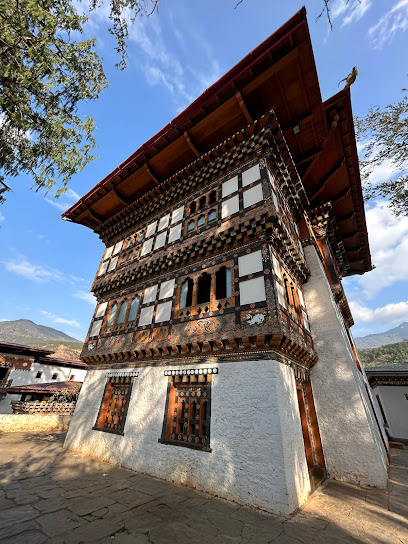
Wangdue Ecolodge
0.6 km
Experience the essence of Bhutan at Wangdue Ecolodge, a harmonious blend of comfort and nature in a serene Himalayan setting.

Tencholing Ground
1.2 km
Explore the historic Tencholing Ground in Wangdue Phodrang, a serene army barracks reflecting Bhutan's rich military heritage amidst stunning landscapes.
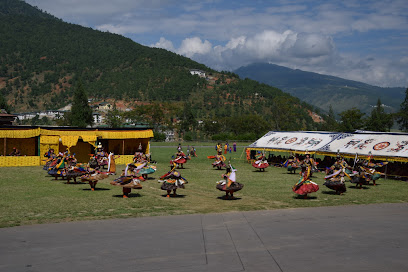
Wangdue
1.5 km
Explore the enchanting beauty and rich cultural heritage of Wangdue Phodrang, Bhutan, and experience the warmth of its traditional hospitality.

Rinchengang Primary School
1.6 km
Discover the heart of Bhutanese education at Rinchengang Primary School, where tradition meets modernity in a breathtaking Himalayan setting.
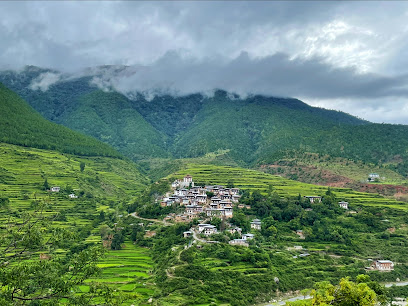
Himalayan Dragon's Nest Hotel, Punakha
1.6 km
Experience serene luxury at Himalayan Dragon's Nest Hotel, where traditional Bhutanese charm meets modern comfort amidst breathtaking Himalayan landscapes.

Punatshangchhu cottages
2.2 km
Discover the tranquil beauty of Punatshangchhu Cottages in Wangdue Phodrang, Bhutan - a perfect blend of comfort and nature's charm.
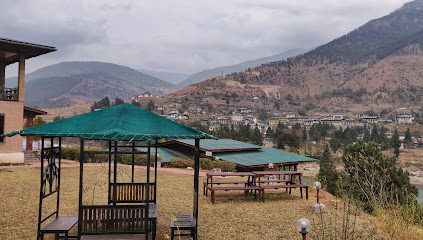
Hotel Vara
4.5 km
Discover tranquility and cultural richness at Hotel Vara in Punakha, the perfect getaway for travelers seeking Bhutanese hospitality and breathtaking landscapes.

Puna Tsang Chu
4.7 km
Explore the tranquil beauty of Puna Tsang Chu, a stunning river in Bhutan, perfect for nature lovers and adventure seekers alike.
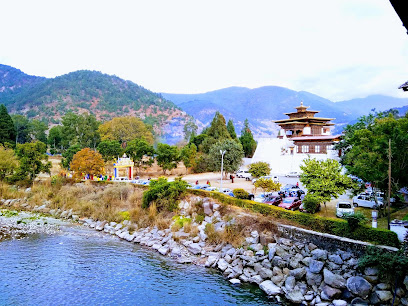
Hotel Lobesa
4.9 km
Experience the tranquility of Bhutan at Hotel Lobesa, a cozy retreat in Punakha offering stunning views and authentic hospitality.
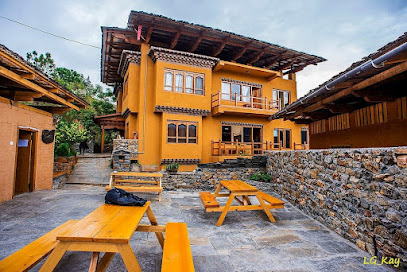
Good Morning Bhutan Travellers DMC
5.3 km
Explore Bhutan with Good Morning Bhutan Travellers DMC, your trusted partner for unforgettable journeys through this mystical kingdom.
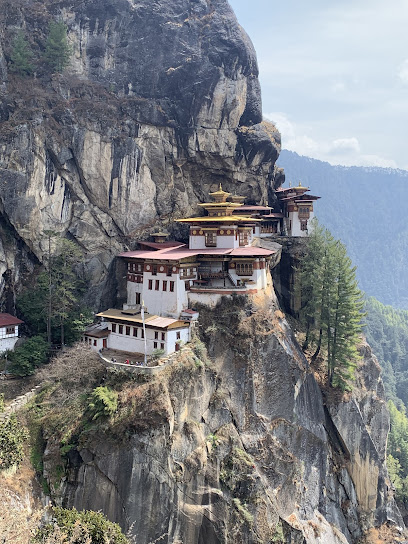
Good Morning Bhutan Travellers
5.3 km
Explore Bhutan's breathtaking landscapes and rich culture with Good Morning Bhutan Travellers, your trusted partner for unforgettable adventures.

Chimi Lhakhang Village Homestay
6.0 km
Discover the heart of Bhutanese culture at Chimi Lhakhang Village Homestay, where hospitality meets stunning landscapes and rich traditions.
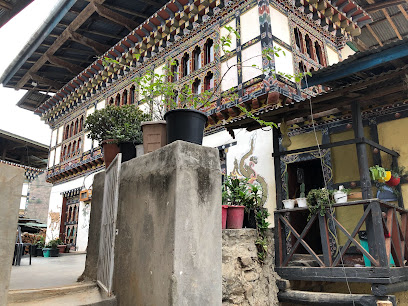
Wolakha Nunnery
7.3 km
Discover the tranquility of Wolakha Nunnery, a serene Buddhist temple in Bhutan, where spirituality and stunning landscapes come together.
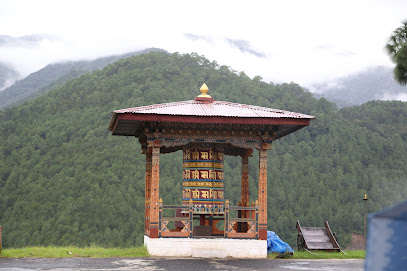
Sangchhen Dorji Lhuendrup Lhakhang Nunnery
7.3 km
Discover the serene beauty and spiritual richness of Sangchhen Dorji Lhuendrup Lhakhang Nunnery in the enchanting hills of Walakha, Bhutan.
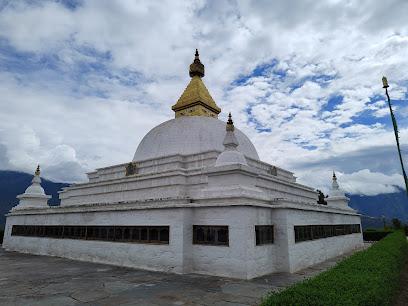
Unmissable attractions to see
Gangkar Pinsum
1.5 km
Discover the breathtaking beauty of Gangkar Punsum, Bhutan's highest unscaled mountain and a haven for nature enthusiasts.
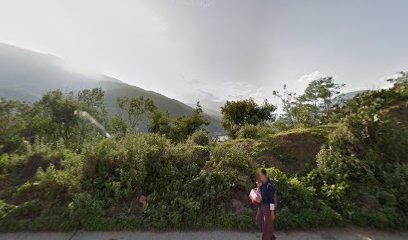
View point, Gyalpozhing, Mongar
2.2 km
Discover the breathtaking views at Gyalpozhing View Point, a must-visit tourist attraction in Mongar, Bhutan, perfect for nature lovers and photographers.
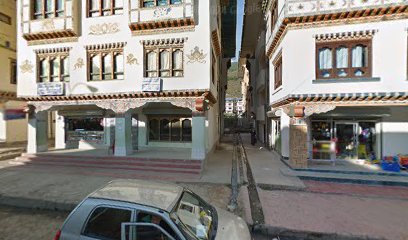
Chimi Lhakhang
6.1 km
Explore Chimi Lhakhang, Bhutan's enchanting fertility temple, nestled in stunning landscapes and rich in culture and spirituality.

Gaselo Primary Health Center
6.2 km
Explore the serene Gaselo Primary Health Center in Wangdue Phodrang, Bhutan - a unique blend of health, culture, and breathtaking landscapes.
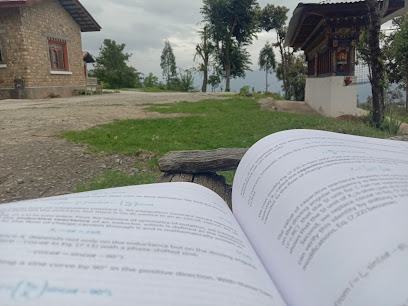
Omley Tshozhaw
7.4 km
Explore the tranquil beauty of Omley Tshozhaw, an artificial lake in Mendrelgang perfect for wildlife enthusiasts and nature lovers alike.
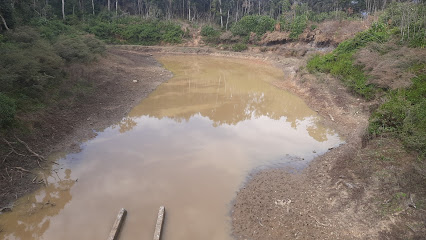
Mendrelgang zimchung
8.8 km
Discover the serene beauty and rich culture of Mendrelgang Zimchung, a hidden gem nestled in the heart of Bhutan's majestic Himalayas.

Khuruthang
9.0 km
Explore the enchanting beauty and rich culture of Khuruthang, a lesser-known treasure in Bhutan's majestic landscape.
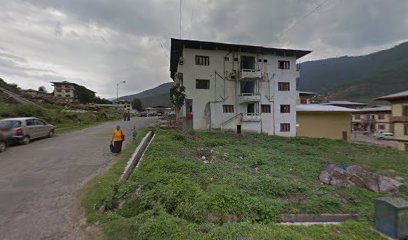
Samtengang Lake
9.6 km
Experience the serene beauty of Samtengang Lake, a tranquil retreat in Bhutan surrounded by majestic mountains and lush landscapes.

ཤར་ཁོ་ཐང་ཁ། Sha Khothangkha
10.6 km
Discover the tranquil beauty of Sha Khothangkha, a serene tourist attraction in Giala, Bhutan, perfect for peace seekers and nature lovers.

Lingmukha
10.7 km
Discover the breathtaking landscapes of Lingmukha, Bhutan's hidden hiking gem, offering stunning views and an immersive nature experience.
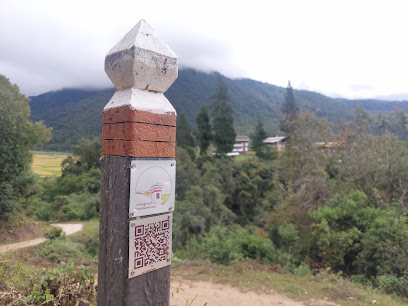
Khotokha Ramsar
10.9 km
Explore the natural beauty and ecological significance of Khotokha Ramsar, a serene tourist attraction in Giala, Bhutan, perfect for nature lovers.

Domthangkha Waterfall
11.9 km
Explore the enchanting Domthangkha Waterfall in Alla, a breathtaking natural wonder perfect for adventure seekers and nature lovers alike.

Chhu Botorisha
12.0 km
Discover the tranquil beauty and cultural richness of Chhu Botorisha, a must-visit tourist attraction in the scenic Alla region of Bhutan.

Punakha Dzong View Point
12.2 km
Experience breathtaking views and rich cultural heritage at Punakha Dzong View Point, a serene escape in Bhutan's stunning landscape.
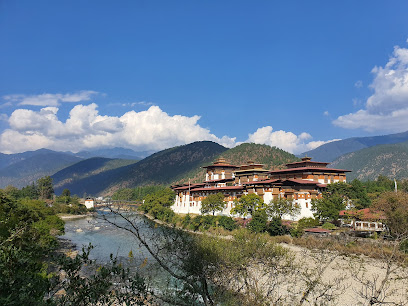
Punakha Dzong སྤུ་ན་ཁ་རྫོང་།
12.4 km
Discover the breathtaking beauty and rich history of Punakha Dzong, a stunning fortress and monastery in the heart of Bhutan.

Essential places to dine
K.D Restaurnta
0.4 km
Experience authentic Bhutanese cuisine at K.D Restaurant along Wangdue - Tsirang Highway, where tradition meets flavor in a breathtaking setting.

Pangkhab Restaurant
1.2 km
Experience authentic Bhutanese cuisine at Pangkhab Restaurant in Khelekha – where every dish tells a story.

HOTEL KINTEN
2.1 km
Experience authentic Bhutanese cuisine and warm hospitality at Hotel Kinten in Wangdue Phodrang, your perfect getaway amidst nature's beauty.
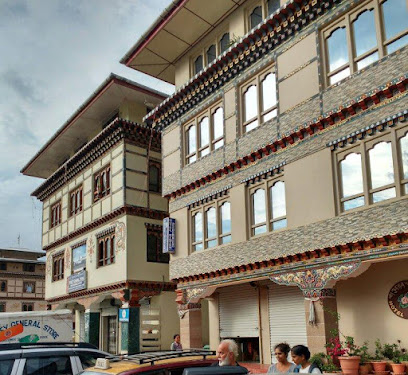
Kuenga Restaurent
2.1 km
Discover delicious fast food at Kuenga Restaurant in Bajo – perfect for travelers seeking quick bites and local flavors.
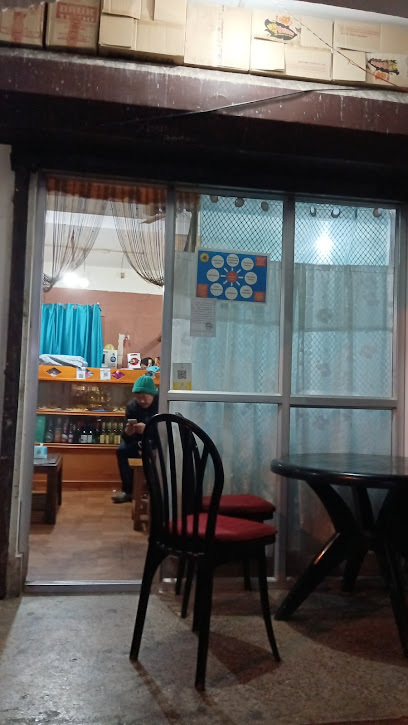
Yours Hotel
2.1 km
Experience authentic Bhutanese cuisine at Yours Hotel in Wangdue Phodrang, where every dish tells a story.
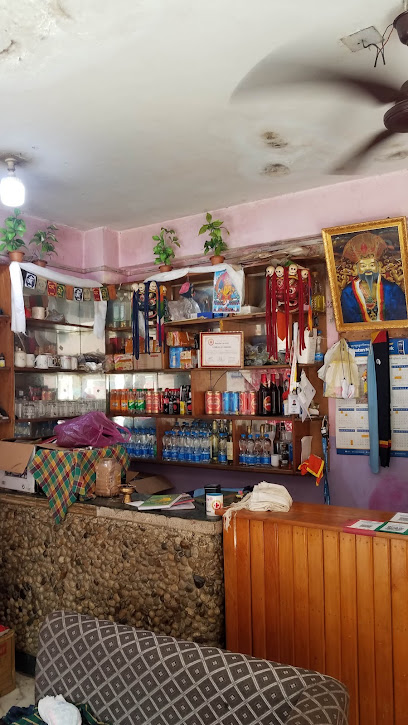
Som restaurant
2.2 km
Experience authentic Bhutanese cuisine at Som Restaurant in Wangdue Phodrang - where local flavors meet warm hospitality.
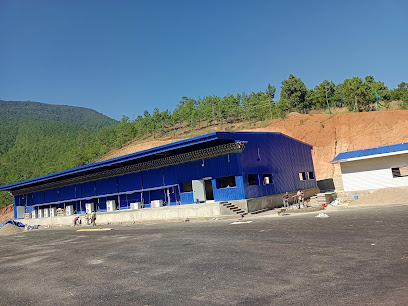
K. B RESTAURANT (Thali Special)
2.2 km
Experience authentic Bhutanese cuisine at K. B Restaurant with their famous Thali specials in Wangdue Phodrang.

TASHI TOBGAY
2.3 km
Experience the authentic flavors of Bhutan at Tashi Tobgay, where every dish tells a story amidst the stunning backdrop of Wangdue Phodrang.
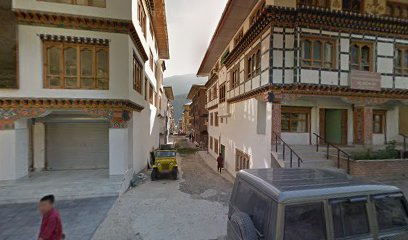
Bangchung Restaurant, Bajo Town
2.3 km
Discover the taste of Bhutan at Bangchung Restaurant - where every small plate tells a story.
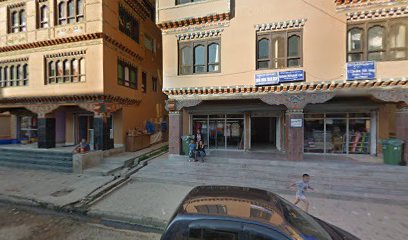
Tshoki restaurant
2.4 km
Experience authentic Bhutanese flavors at Tshoki Restaurant in Wangdue Phodrang – where tradition meets taste.
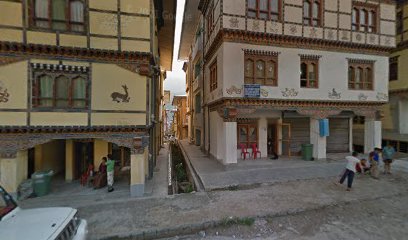
Pemaling Restaurant and Bar (SOM)
3.2 km
Discover the essence of Bhutanese cuisine at Pemaling Restaurant and Bar along Trashigang-Semtokha Highway.
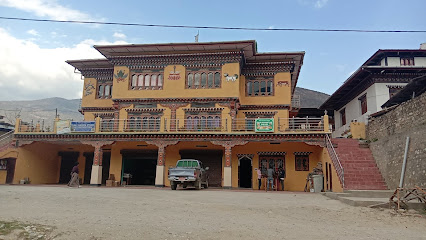
H@M restaurant
3.3 km
Experience authentic Bhutanese cuisine at H@M Restaurant in Bajo – a perfect blend of local flavors and warm hospitality.
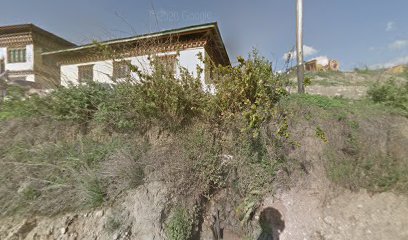
ACHO DAKA
3.6 km
Discover the authentic flavors of Bhutan at ACHO DAKA - a delightful restaurant nestled in Wangdue Phodrang's stunning landscapes.
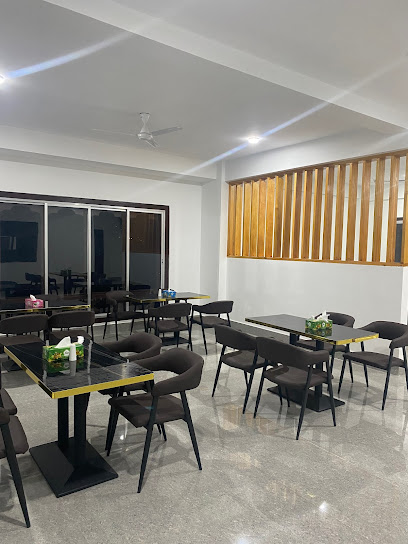
Workshop Canteen
4.0 km
Experience fast food with local flair at Workshop Canteen in Lobesa - where flavors meet convenience.
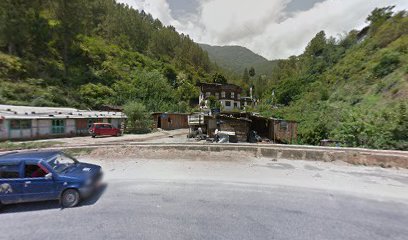
DAZA Restaurant & BAR
4.3 km
Experience authentic Bhutanese flavors at DAZA Restaurant & BAR in Punakha - where every meal tells a story.
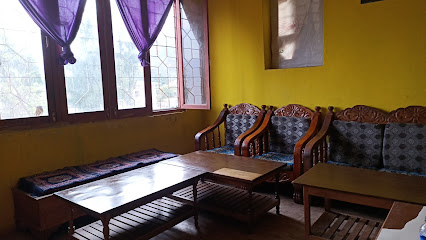
Markets, malls and hidden boutiques
Commercial Arts & Prints
0.6 km
Explore Bhutan's rich culture through electronics and stunning art prints at Commercial Arts & Prints in Wangdue Phodrang.

RBA canteen
1.1 km
Experience the charm of Bhutan at RBA Canteen, where shopping meets authentic local flavors in the heart of Wangdue Phodrang.
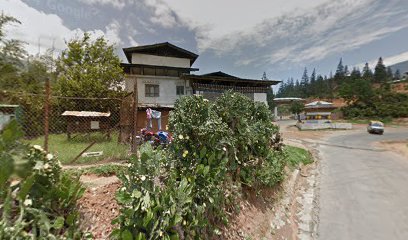
KarMax Archery Shop
1.2 km
Explore the fascinating world of archery at KarMax Archery Shop, where enthusiasts find quality gear and expert guidance in Wangdue Phodrang, Bhutan.

Dorji's Bakery & Confectionery
1.5 km
Discover the sweet essence of Bhutan at Dorji's Bakery & Confectionery, where local flavors meet delightful treats in Bajo Town.

Jash Maya General Shop
1.5 km
Explore Jash Maya General Shop in Wangdue Phodrang for authentic Bhutanese clothing and unique souvenirs that celebrate local culture.
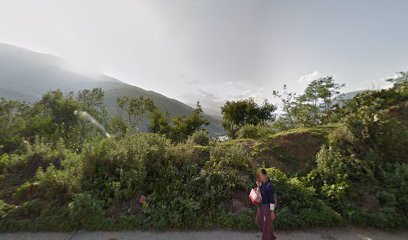
Gang Ga Shop
1.5 km
Explore Gang Ga Shop, a treasure trove of Bhutanese culture and artisanal crafts in the heart of Wangdue Phodrang.
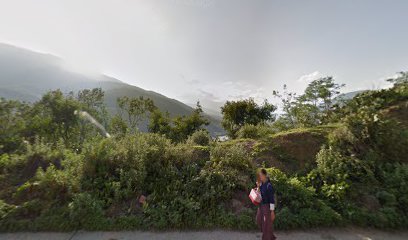
Kelzang
1.5 km
Experience the authentic taste of Bhutan at Kelzang, a charming bakery in Wangdue Phodrang, offering freshly baked goods and local delicacies.

Punakha Dragon Nest Resort
1.6 km
Experience the tranquility of Punakha Dragon Nest Resort, a serene hotel in Bhutan offering stunning views and rich cultural experiences.

D Dee Enterprise( Furniture & Home Decor)
2.1 km
Explore the charm of Bhutanese craftsmanship at D Dee Enterprise, a premier furniture store in Wangdue Phodrang.
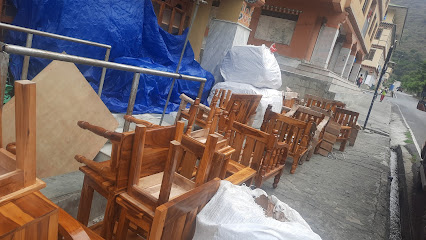
Central Mart
2.1 km
Discover the convenience of Central Mart in Wangdue Phodrang, your go-to spot for local products and travel essentials.

WANGCHUK RECORDS
2.1 km
Experience the heart of Bhutanese music at Wangchuk Records, a vibrant recording studio in Bajo Town, Wangdue Phodrang, where creativity thrives.

Miniso Bhutan Wangdue
2.2 km
Discover affordable Japanese-inspired lifestyle products at Miniso Bhutan Wangdue, perfect for souvenirs and everyday essentials.
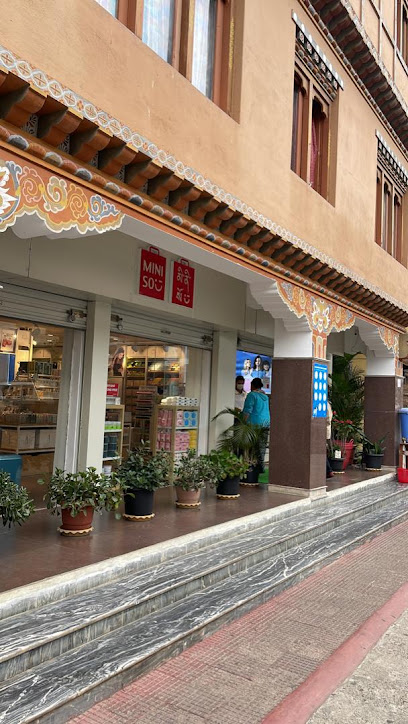
G.M ELECTRIC
2.2 km
Explore G.M Electric in Wangdue Phodrang for a wide range of quality electronics and exceptional customer service, perfect for all your tech needs.

Tashi Kee
2.2 km
Explore local life at Tashi Kee grocery store in Wangdue Phodrang, featuring fresh produce and authentic Bhutanese products to enhance your travel experience.

K B Pradhan General shop
2.2 km
Experience the charm of Bhutanese culture at K B Pradhan General Shop, your go-to destination for unique clothing in Wangdue Phodrang.
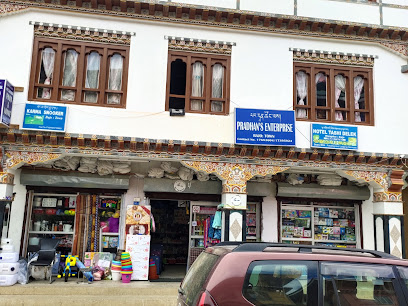
Essential bars & hidden hideouts
Hotel Black Necked Crane
2.3 km
Discover serenity and comfort at Hotel Black Necked Crane, your gateway to exploring the enchanting landscapes of Bhutan.

ST Restaurant
5.3 km
Experience authentic Bhutanese flavors at ST Restaurant, a delightful bar in Lobesa - Metsina, perfect for travelers seeking culture and comfort.
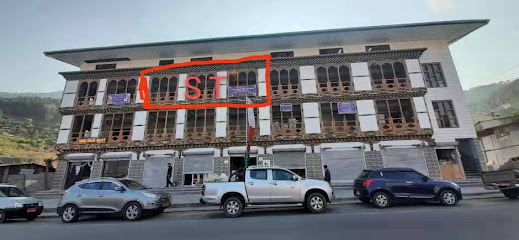
Kaka General Shop & Bar
6.0 km
Discover the rich flavors and vibrant atmosphere of Punakha at Kaka General Shop & Bar, a local favorite for drinks and cultural immersion.
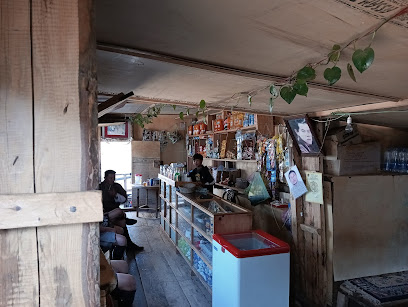
Leki restaurant, khuruthang
8.8 km
Unwind in the heart of Khuruthang at Leki Restaurant, where local flavors meet a vibrant bar atmosphere.

Khuruthag
9.0 km
Experience the vibrant atmosphere and local flavors at Khuruthang's premier bar, a perfect spot for relaxation and socializing.

Hotel Chicken Dinner
10.1 km
Experience the best of Bhutanese hospitality and cuisine at Hotel Chicken Dinner in Khuruthang, where comfort meets culinary delight.
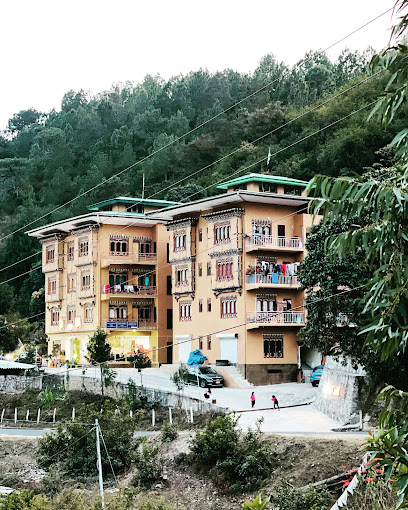
MERENGMA' Bistro & Bar
10.4 km
Discover the flavors of Bhutan at MERENGMA' Bistro & Bar, a cozy spot in Khuruthang offering a delightful culinary experience.

MERENGMA' Bistro
10.4 km
Indulge in a delightful culinary experience at MERENGMA' Bistro, where local flavors meet international cuisine in the heart of Khuruthang.
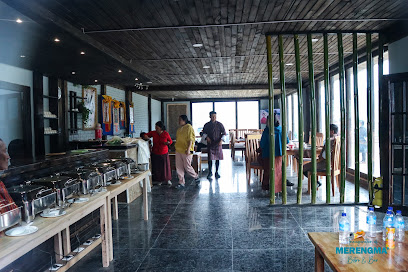
Himalayan Bar
10.8 km
Discover the Himalayan Bar in Thinyelgang, where local culture meets breathtaking views and a vibrant social scene.

Phendey Restaurant & Bar
11.5 km
Experience authentic Bhutanese cuisine and warm hospitality at Phendey Restaurant & Bar, a culinary jewel in Bhutan's vibrant landscape.
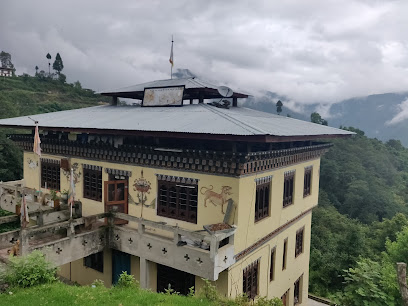
Bridge view resturant
12.9 km
Experience authentic Bhutanese cuisine with breathtaking views at the Bridge View Restaurant in Punakha, a perfect blend of taste and scenery.
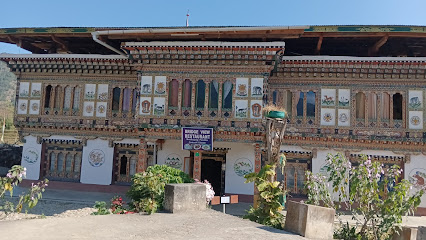
Ugyen bar
13.2 km
Experience the vibrant atmosphere of Ugyen Bar in Punakha, where local spirits and warm hospitality meet Bhutanese culture in a unique setting.
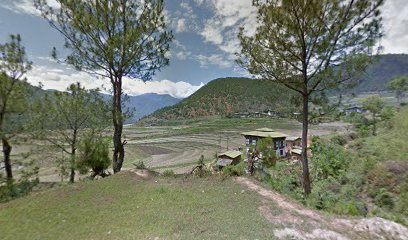
CREATIVE RESTAURANT AND BAR
13.2 km
Discover family-friendly dining at the Creative Restaurant and Bar in Punakha, where delicious flavors meet stunning views.
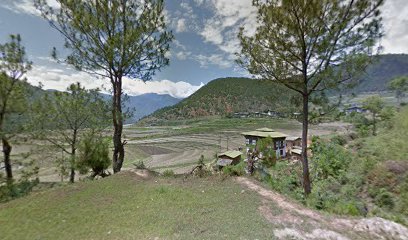
Babee Restaurent
13.2 km
Discover the essence of Bhutanese cuisine at Babee Restaurant in Punakha, a cozy eatery serving local delicacies in a warm ambiance.
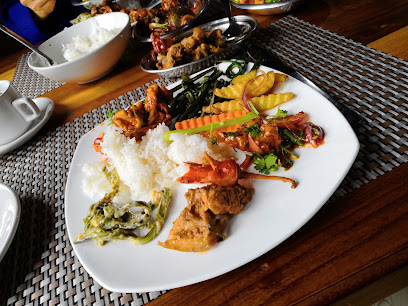
Dorji Grocery and Bar
13.2 km
Experience the heart of Punakha at Dorji Grocery and Bar, where local flavors and friendly faces create an unforgettable atmosphere.




